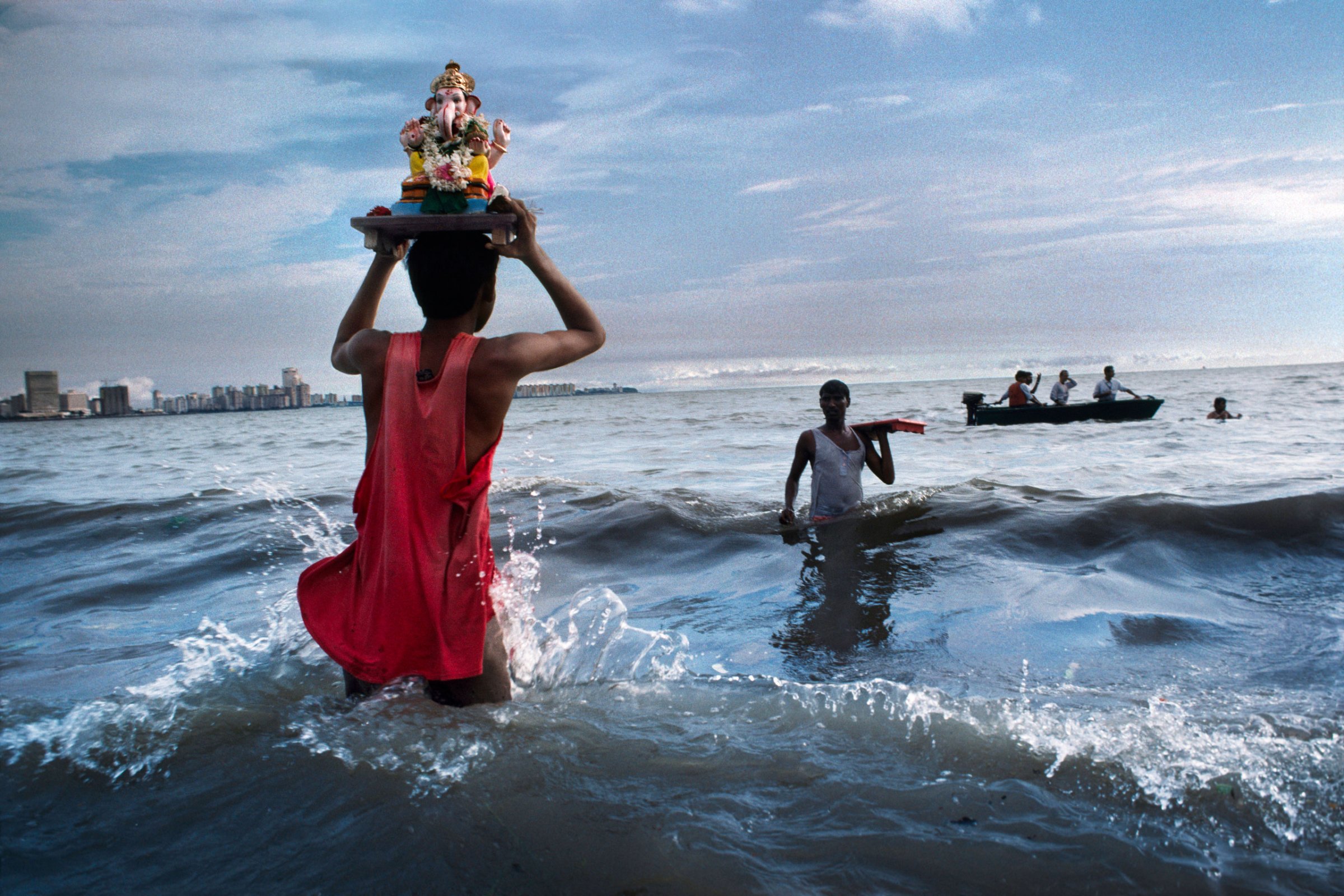
When Magnum photographer Steve McCurry left for India in 1978, he brought a one-way ticket, some money and two suitcases: one had clothes and the other held 250 rolls of Kodachrome. He had been studying the work of Henri Cartier-Bresson and Margaret Bourke-White, who had also photographed in India.
“So many of the great photographers had worked there, and it was obvious that I needed to start a body of work on India,” he says. “I intended to go for six weeks, but stayed for two years.”
This first trip launched his career, which now spans six continents over more than 30 years, and has marked him as an influential figure in contemporary photography. He would go on to capture iconic images of Buddhists in Burma, AIDS victims in Vietnam, and the haunting image of the Afghan girl with the piercing green eyes, published on the cover of National Geographic. But he always returned to India.
“History is alive in India,” he says.”No matter how much the country is changing, there’s something about India that makes you feel like you’re stepping back into another time and age,” he says. “This ancient spirit is alive and vital in a way it is ceasing to be in other places.”
From hidden winding stairwells to Rajasthani desert dust storms to grand gold-lined temples, McCurry’s colorful work shows an India never before seen. The work will be exhibited this month at the Rubin Museum of Art, in tandem with a book titled Steve McCurry: India.
“[I was drawn to] the depth of culture here,” McCurry says. “The visual chaos, the endless variety of dramatic cheek-by-jowl juxtapositions it affords: modernity and tradition, the haves and have-nots, the usual and the bizarre.”
One signature element of his work is his portrait-style photos. His subject’s unabashed stare into the camera suggests a stunning kind of intimacy. “I prefer that they look me in the eyes rather than at the camera lens,” he says. “The Indian people are used to cameras and they like being photographed.”
Beyond that, he says it’s also about a kind of shared curiosity. “They were as curious about me as I was about them,” he says. “We have this innate intrigue about other human beings — what we wear, what we say, how we walk, how we interact with one another.”
McCurry’s evocative storytelling is in full force, says Mark Lubell, executive director of the International Center of Photography, which is partnering with the Rubin Museum of Art. “McCurry’s images of India’s people, landscapes, monuments, urban, and rural life portray the richness of his subject, an inspiration that he describes as ‘inexhaustible.’”
The exhibition runs until April 4, 2016 at the Rubin Museum of Art. Steve McCurry: India is available at Phaidon.com or on Amazon.
Steve McCurry has been a photojournalist for over 30 years. He is the recipient of the Robert Capa Gold Medal, the National Press Photographers Award and four first prize awards in the World Press Photo contest.
Rachel Lowry is a writer and contributor for TIME LightBox. Follow her on Twitter and Instagram @rachelllowry.
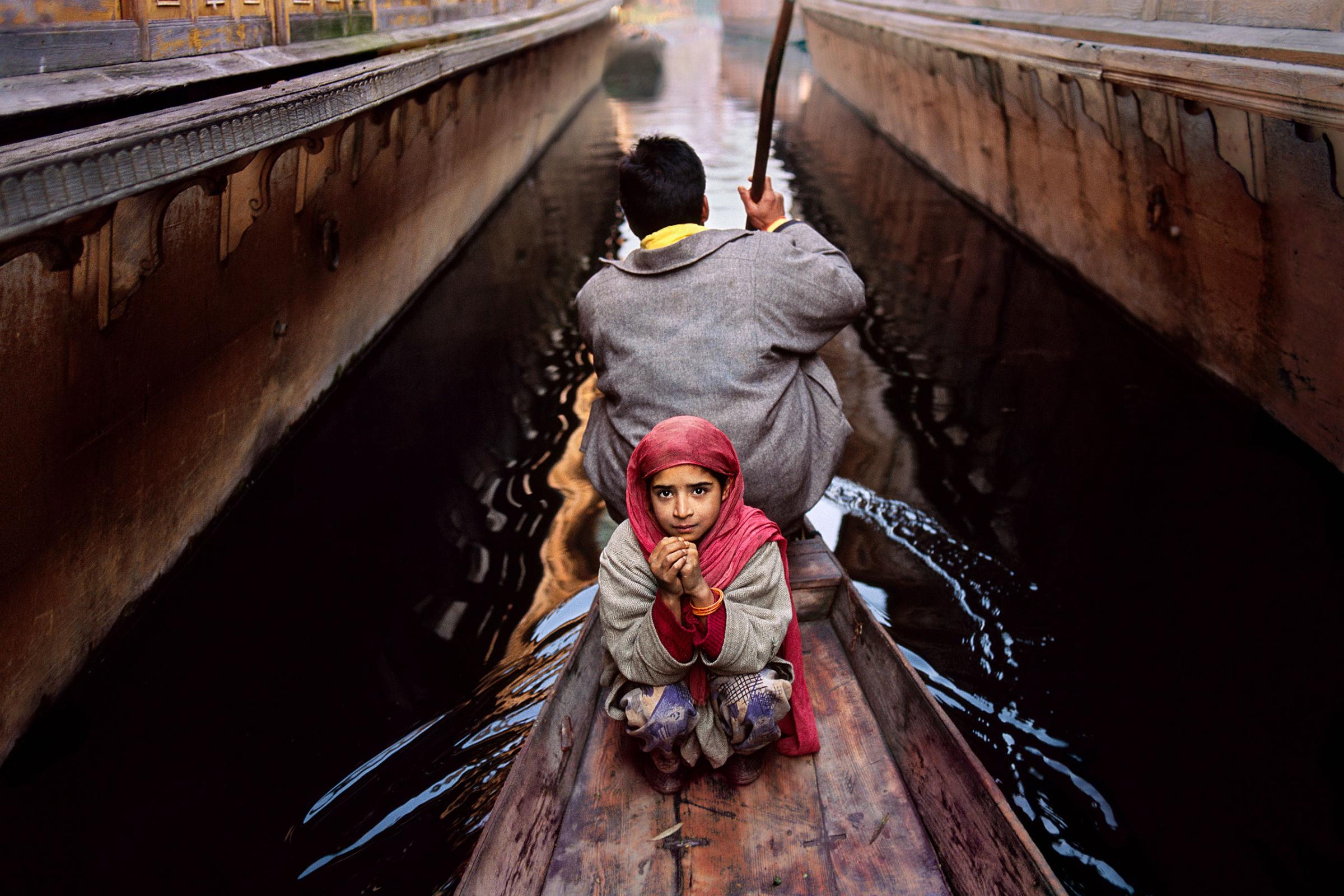
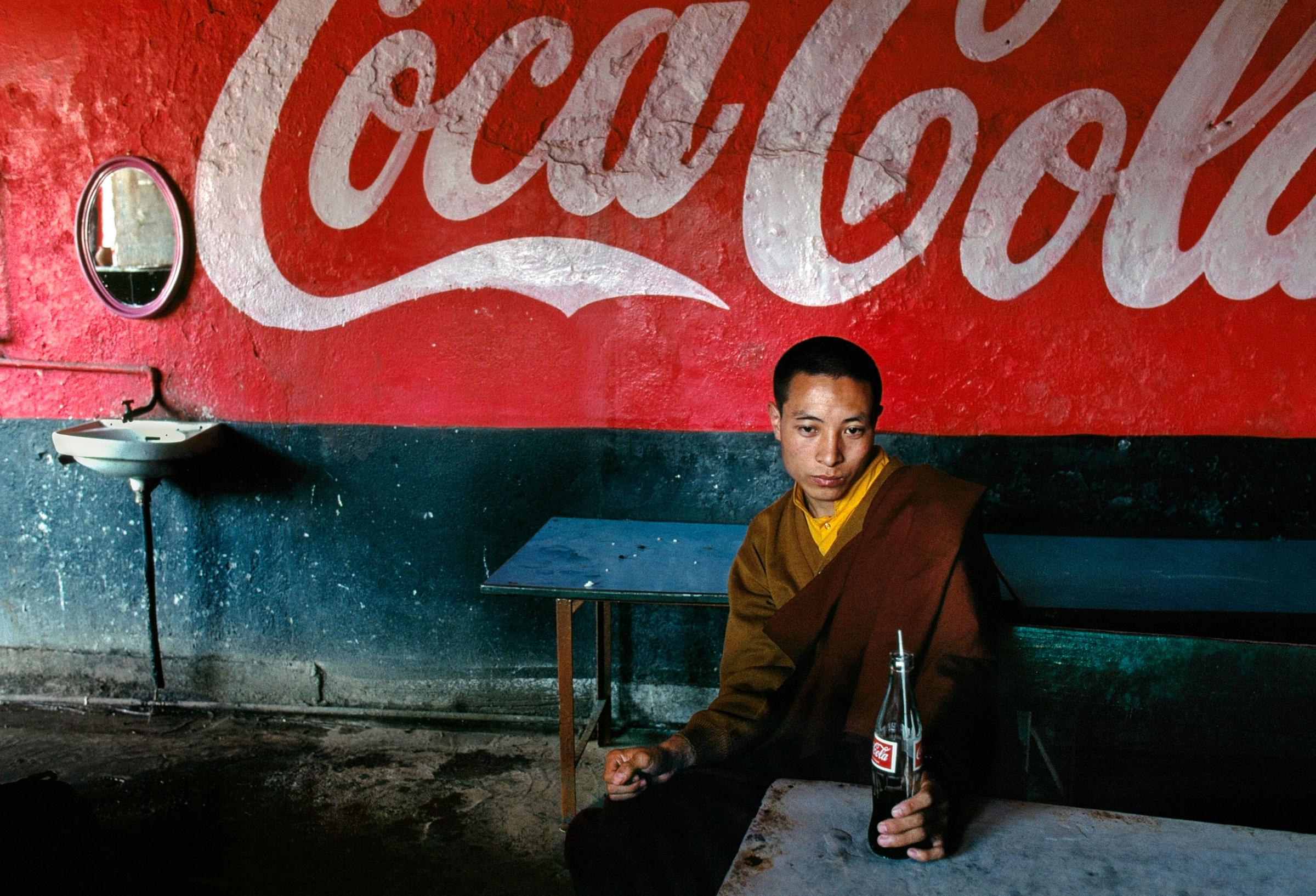
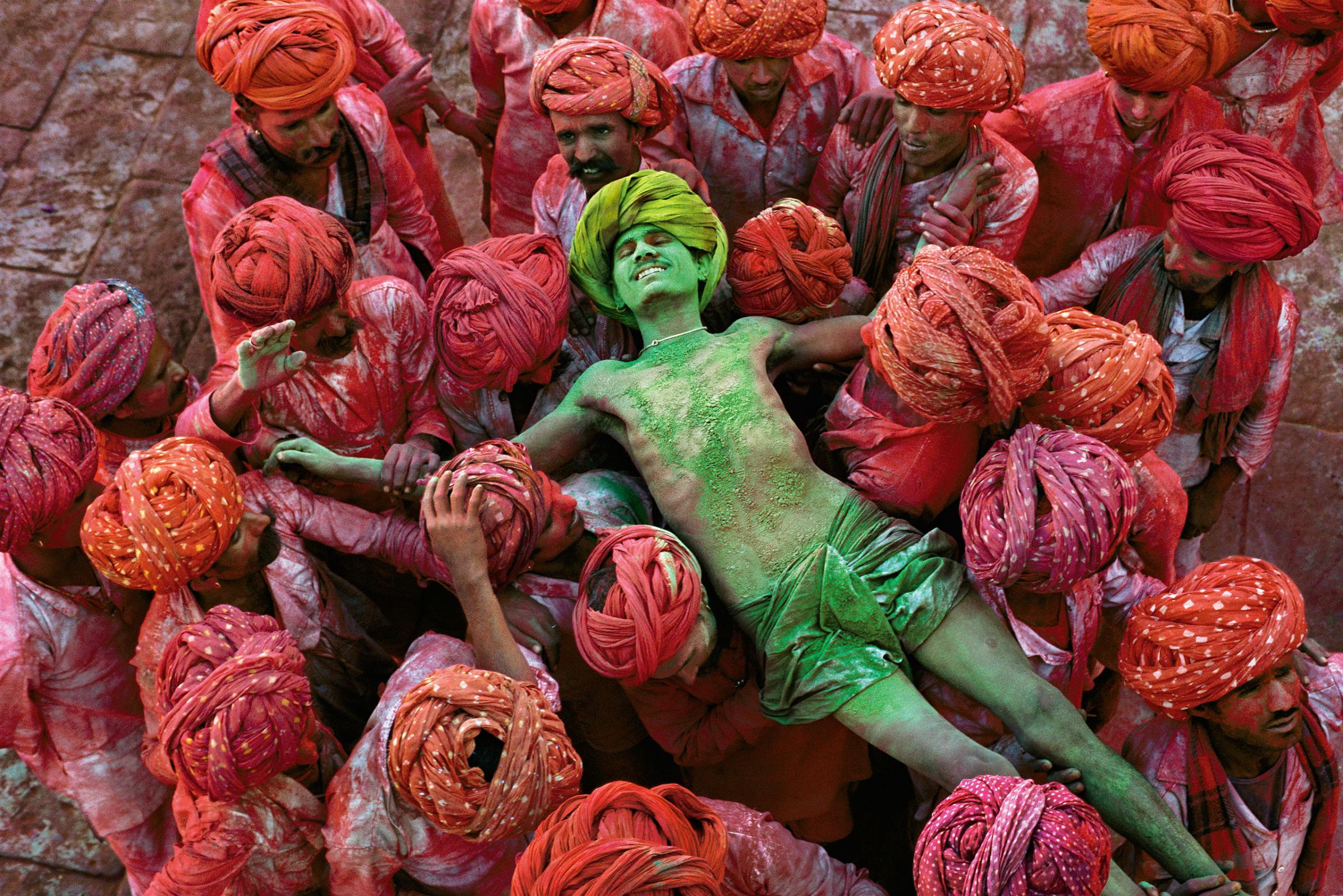
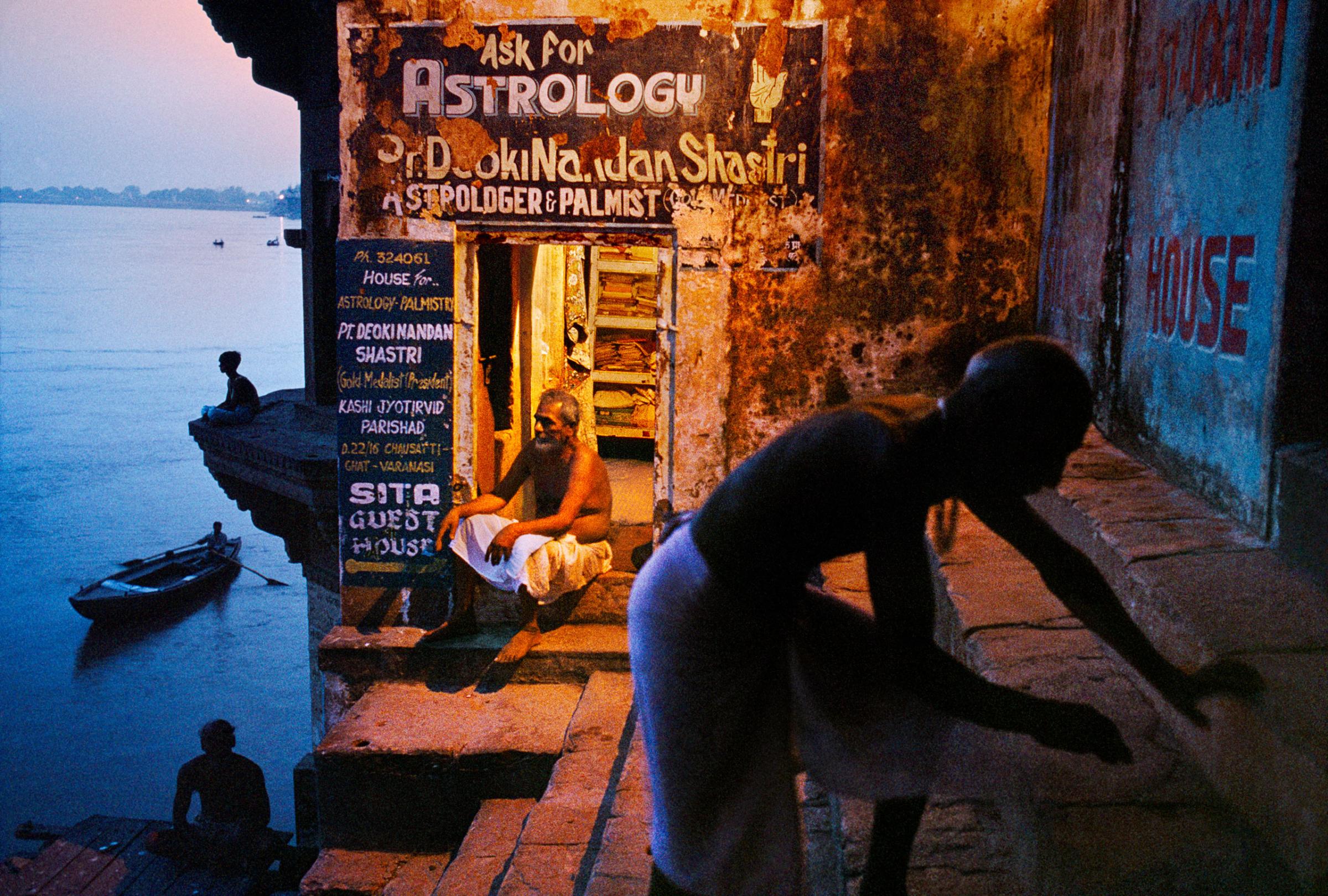
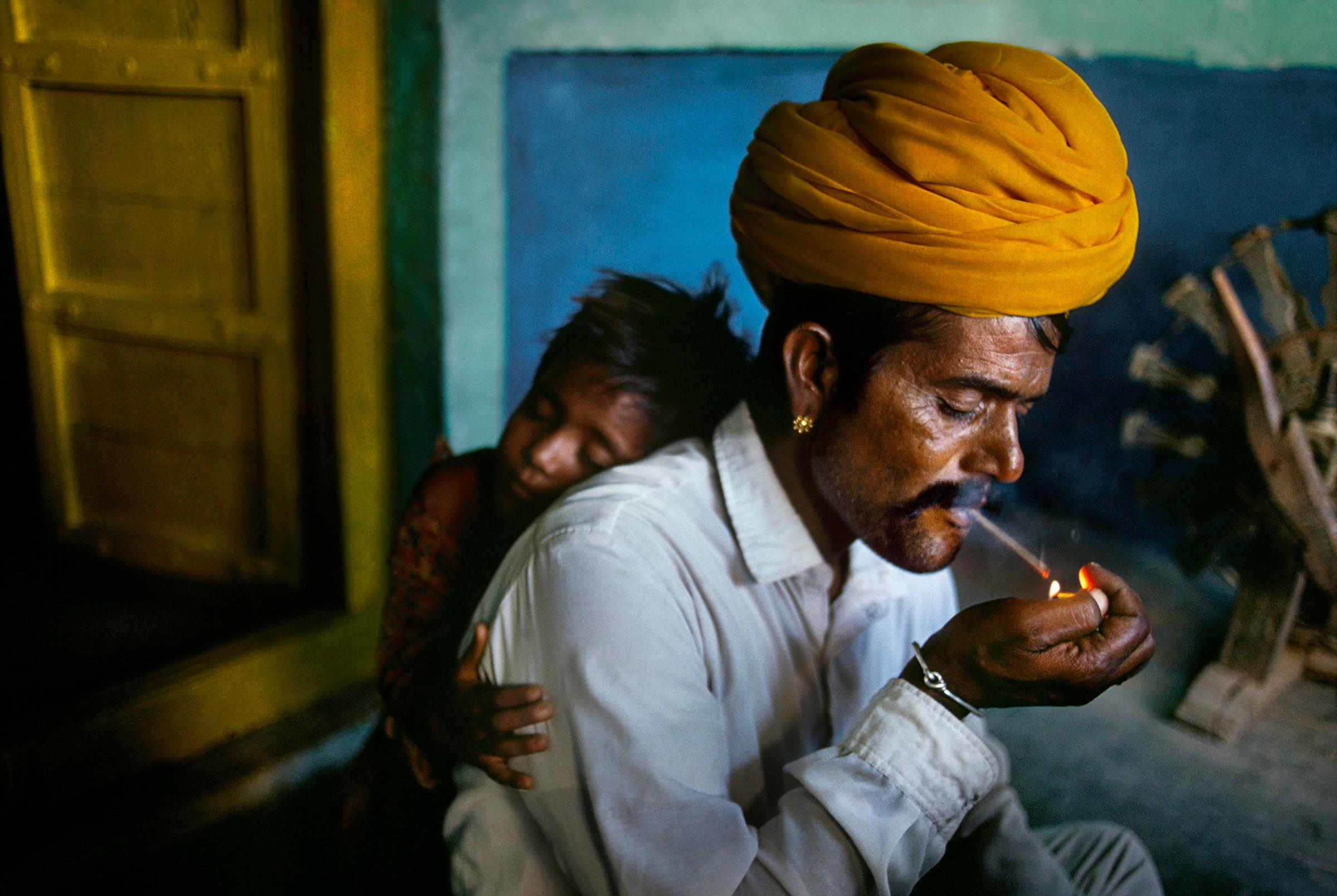
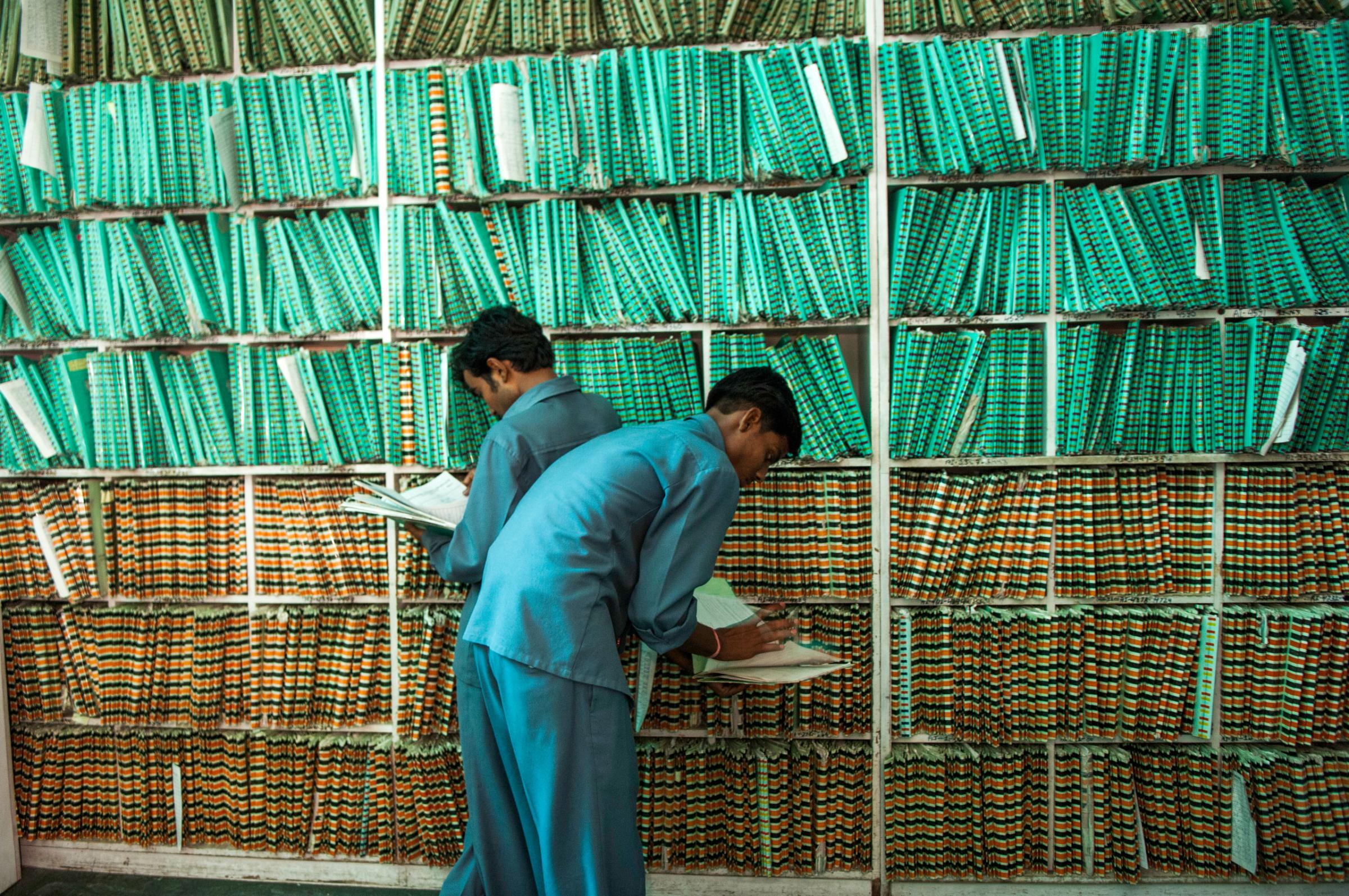
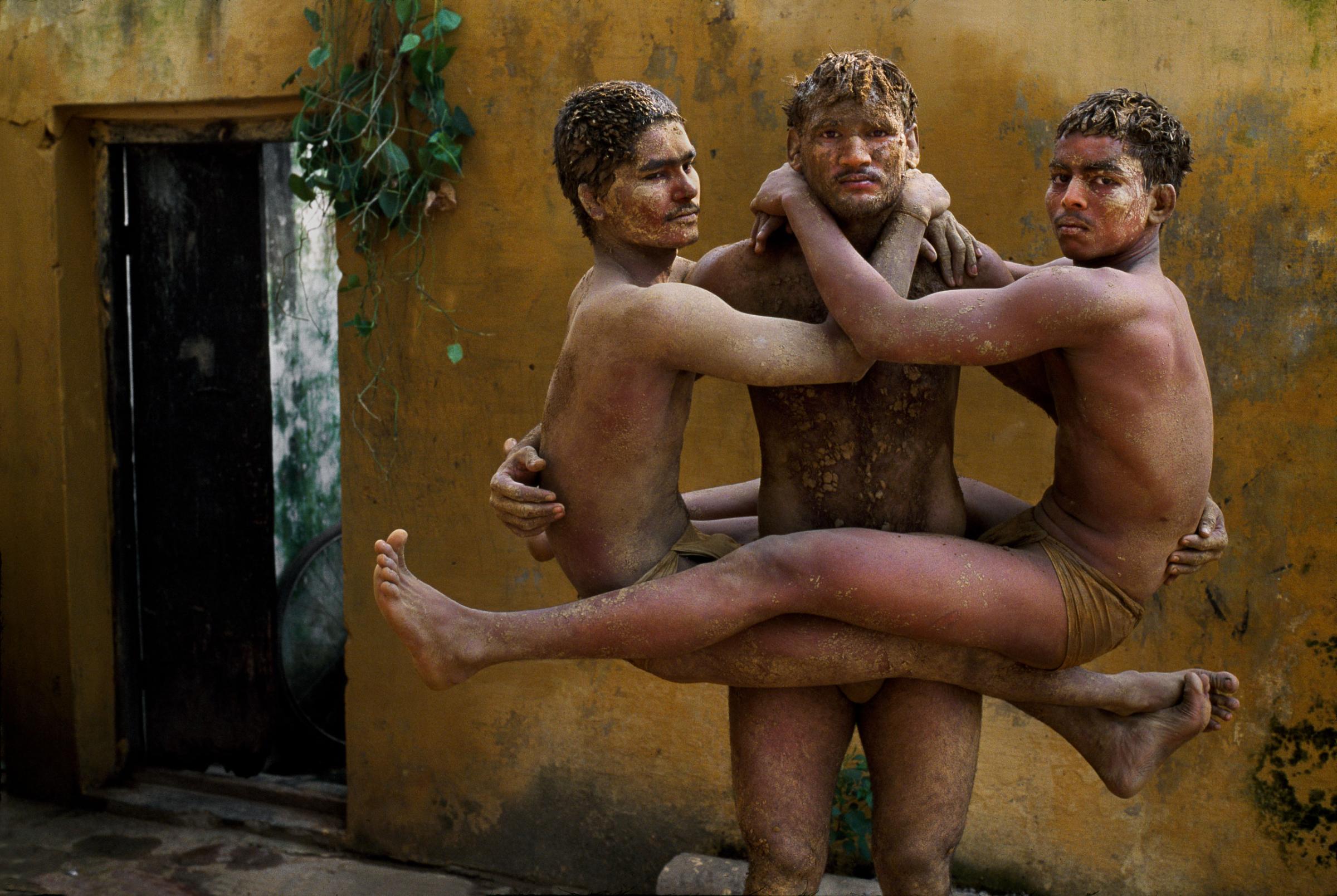
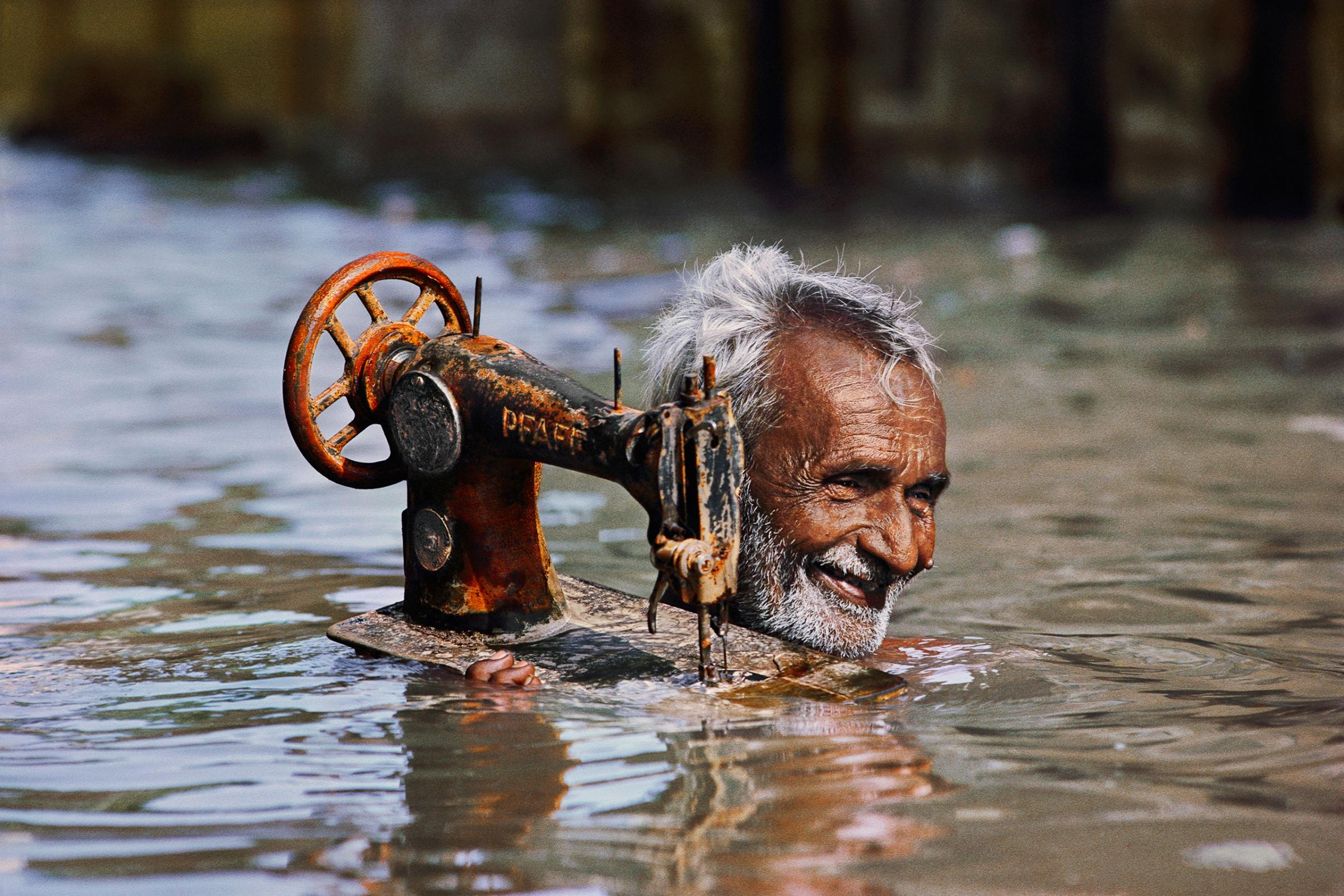
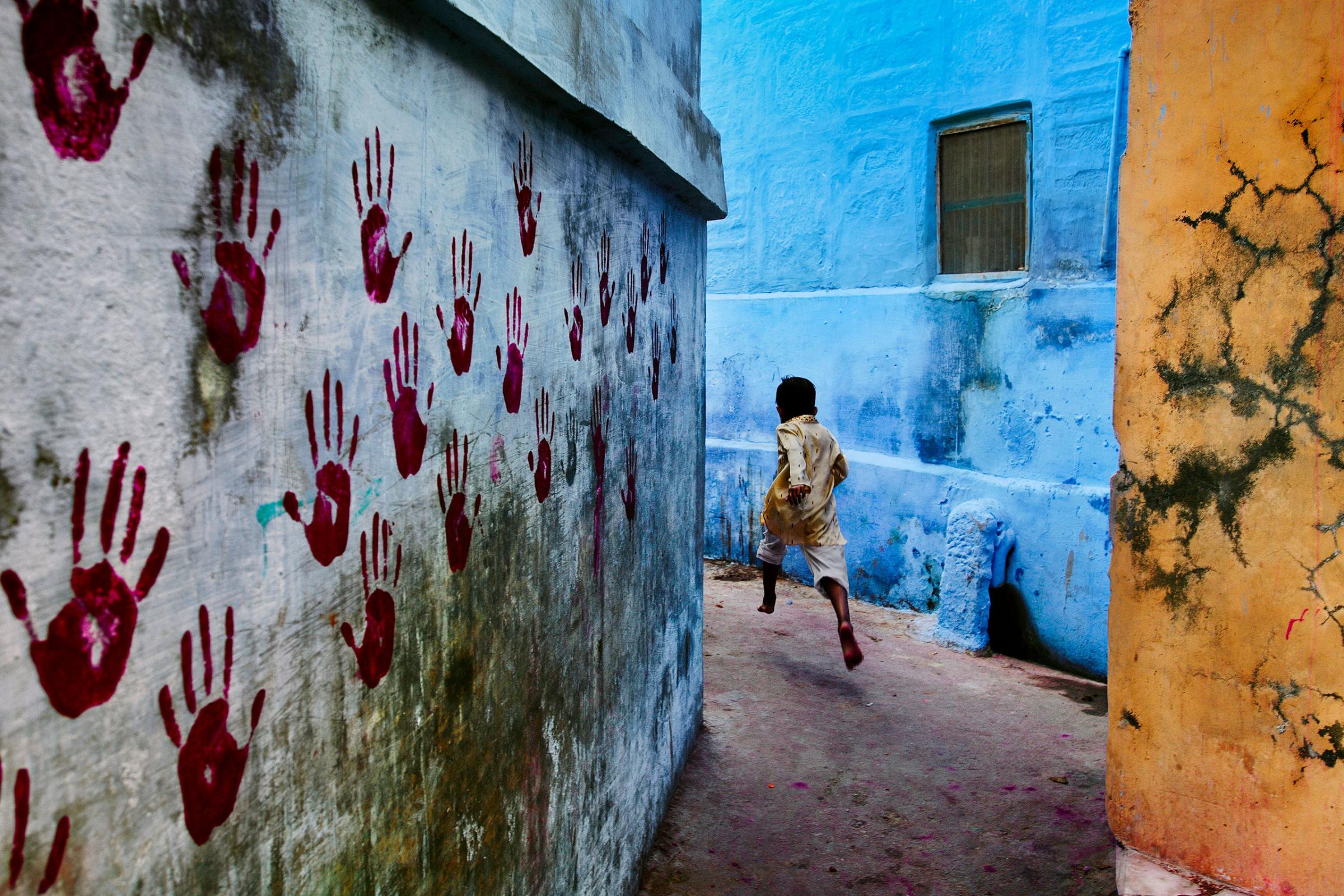
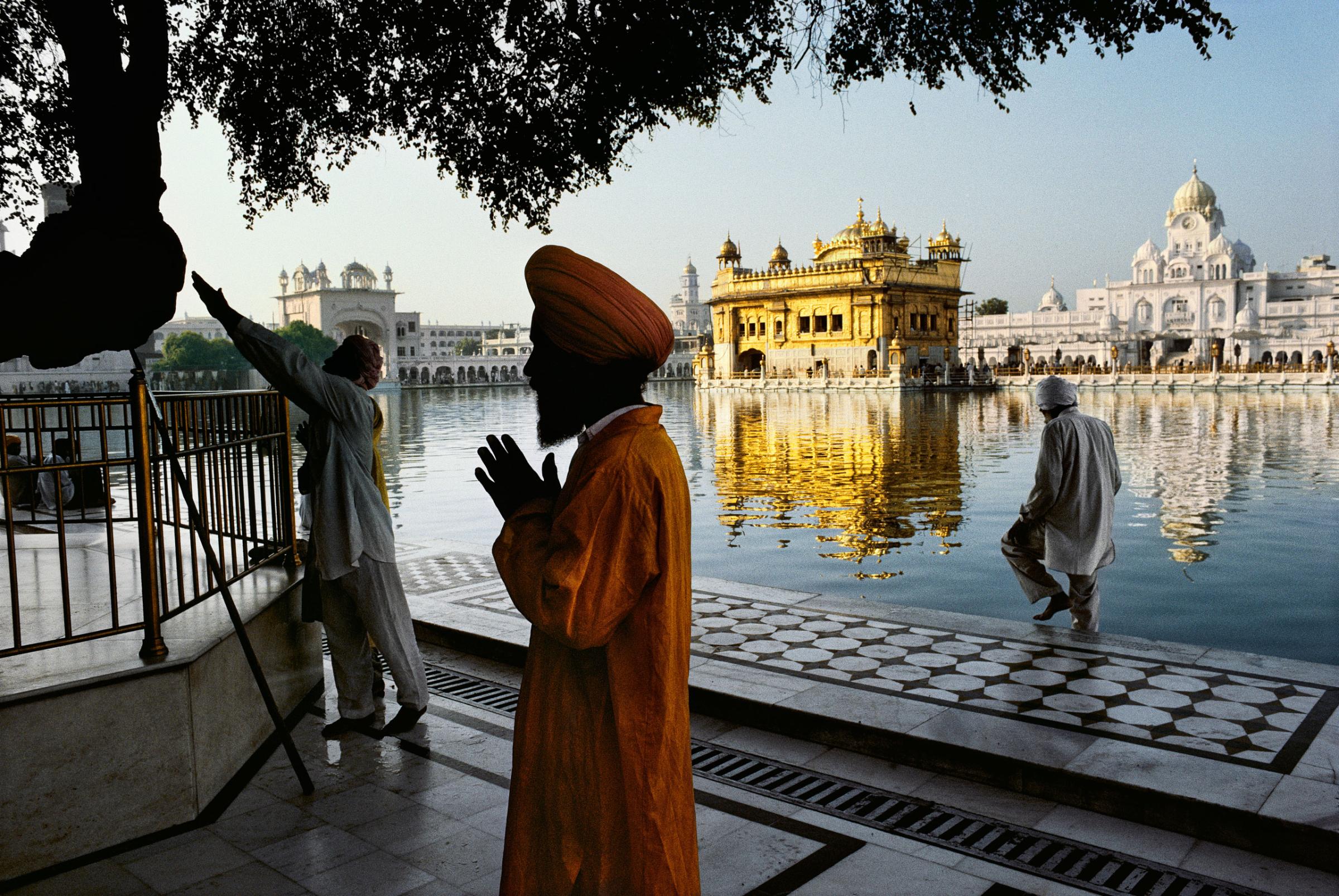
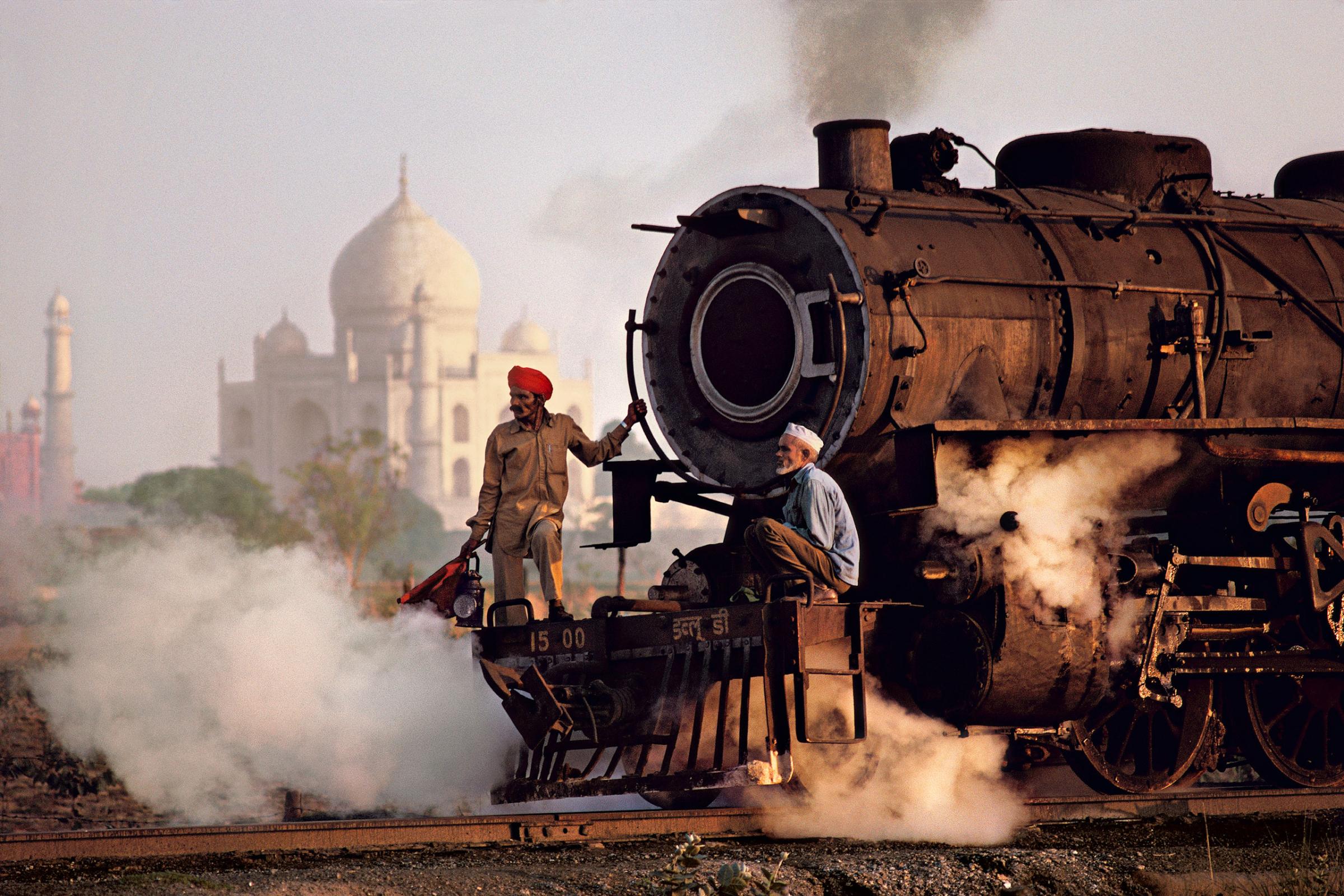
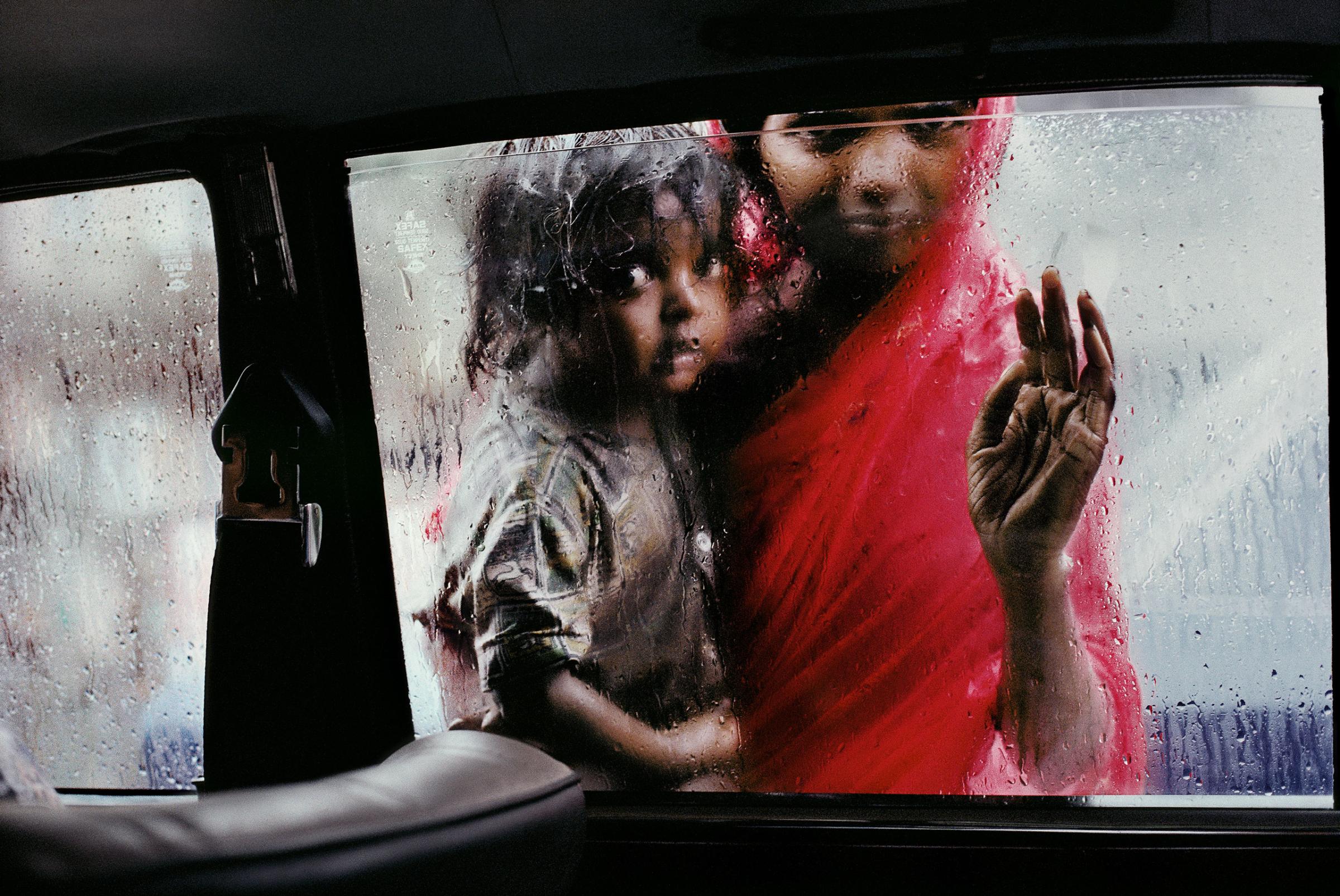
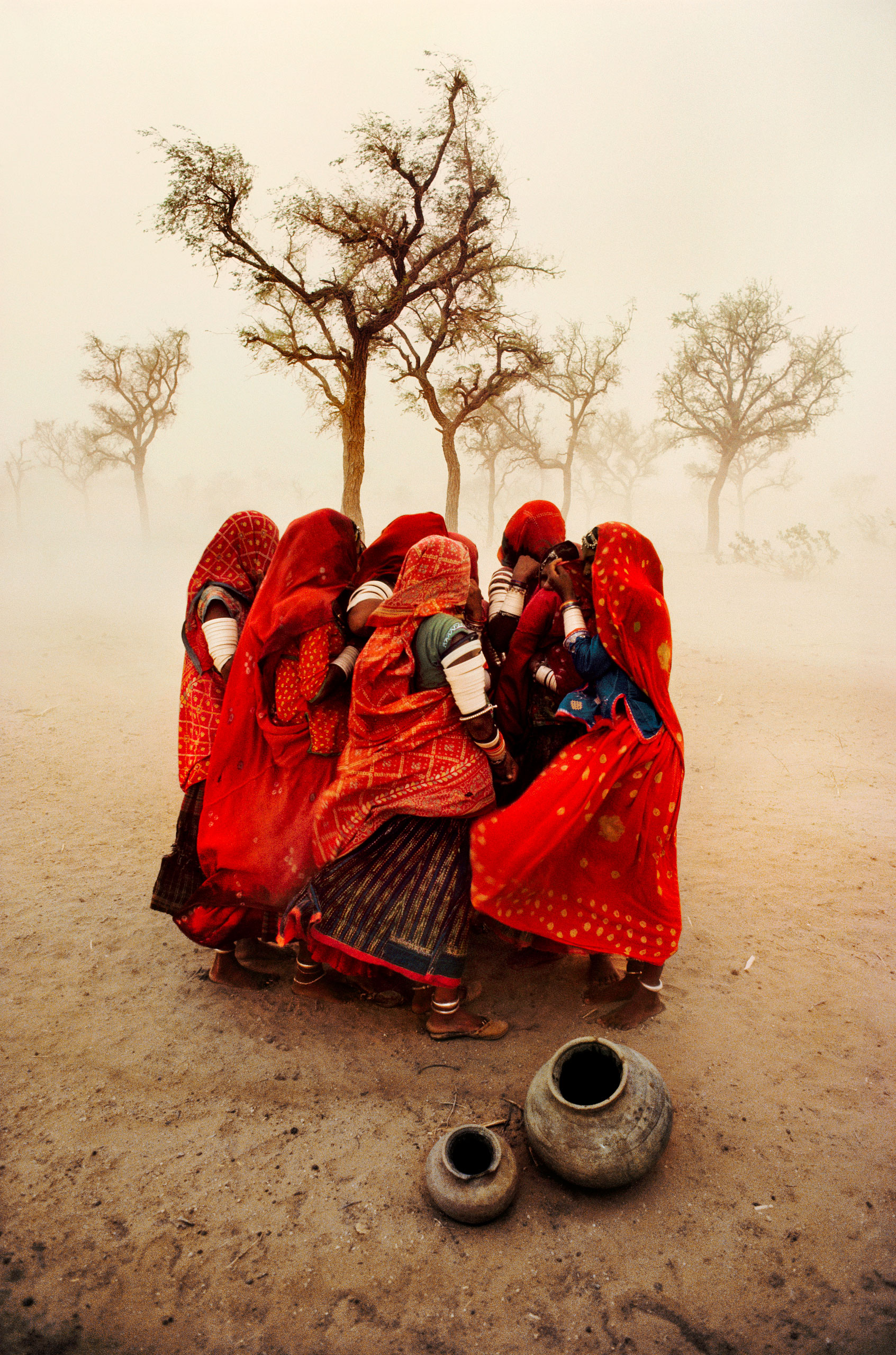
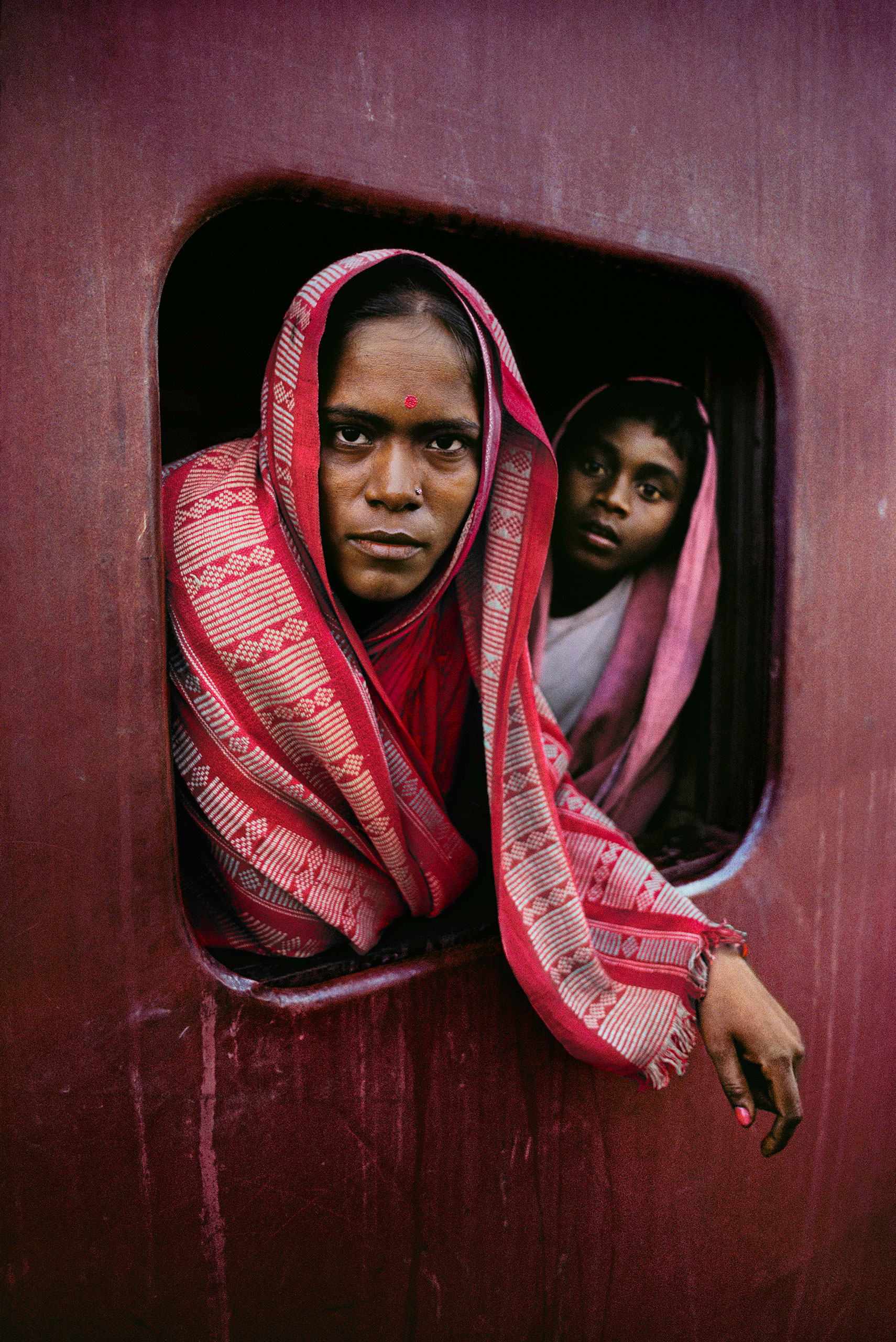
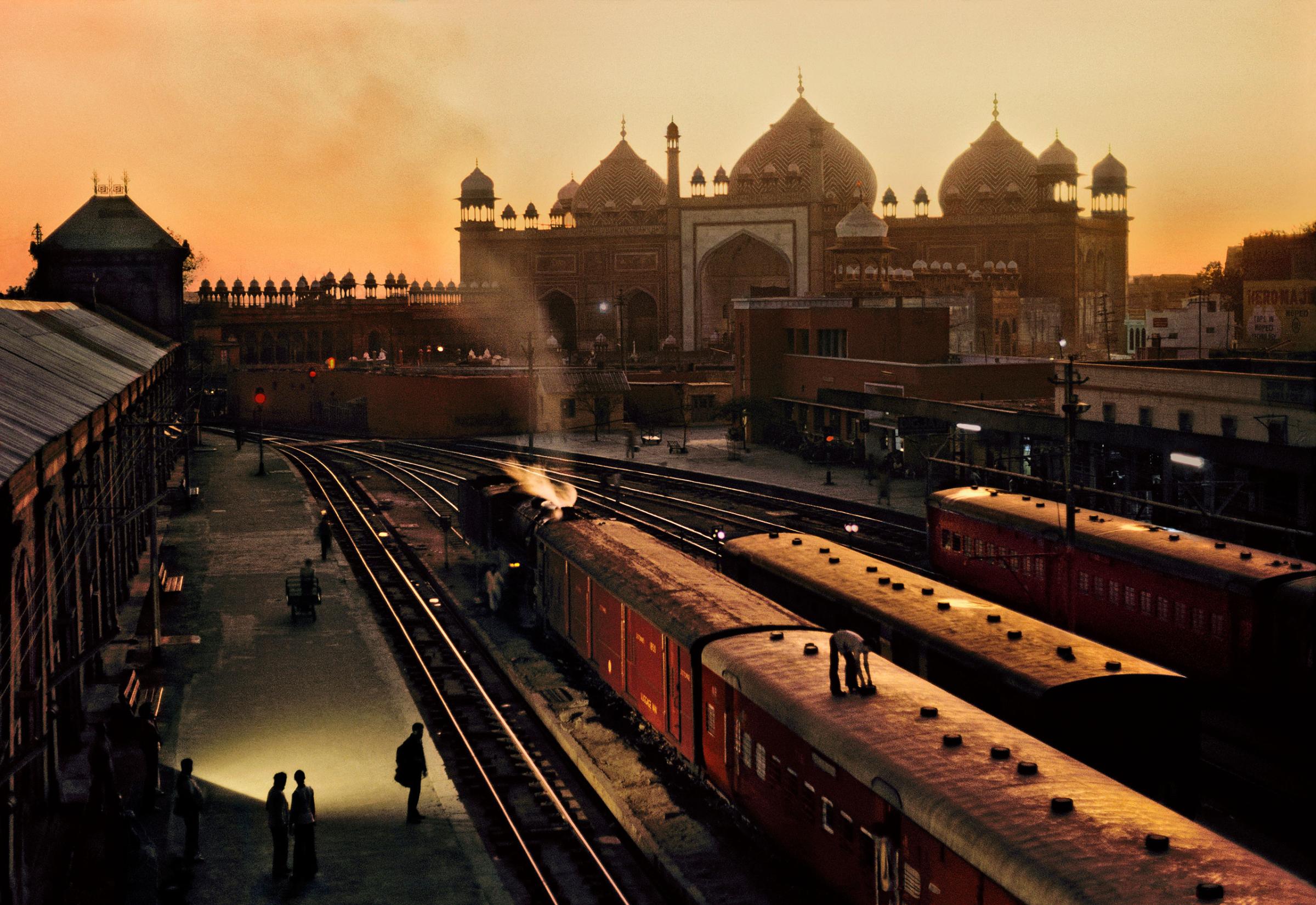
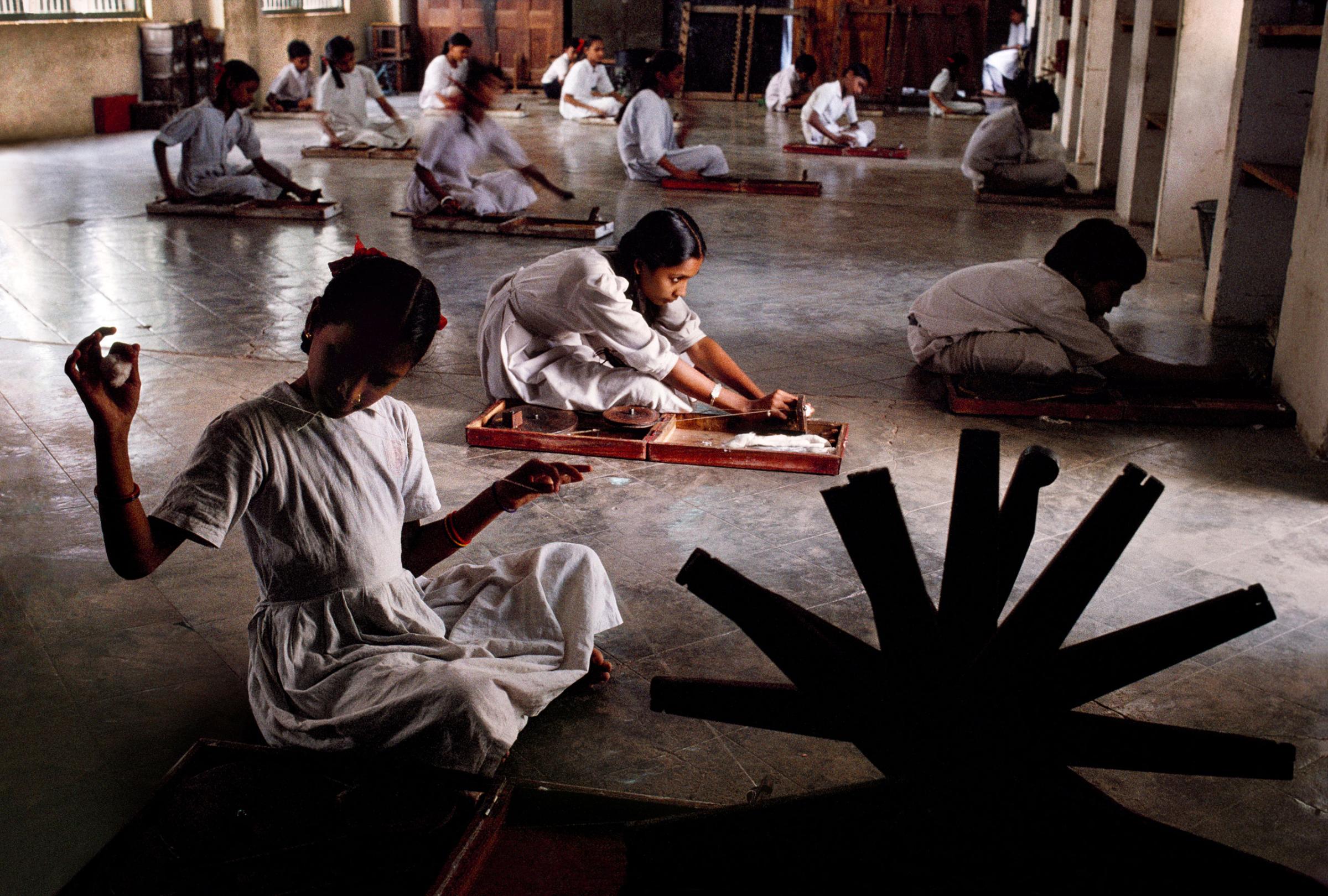
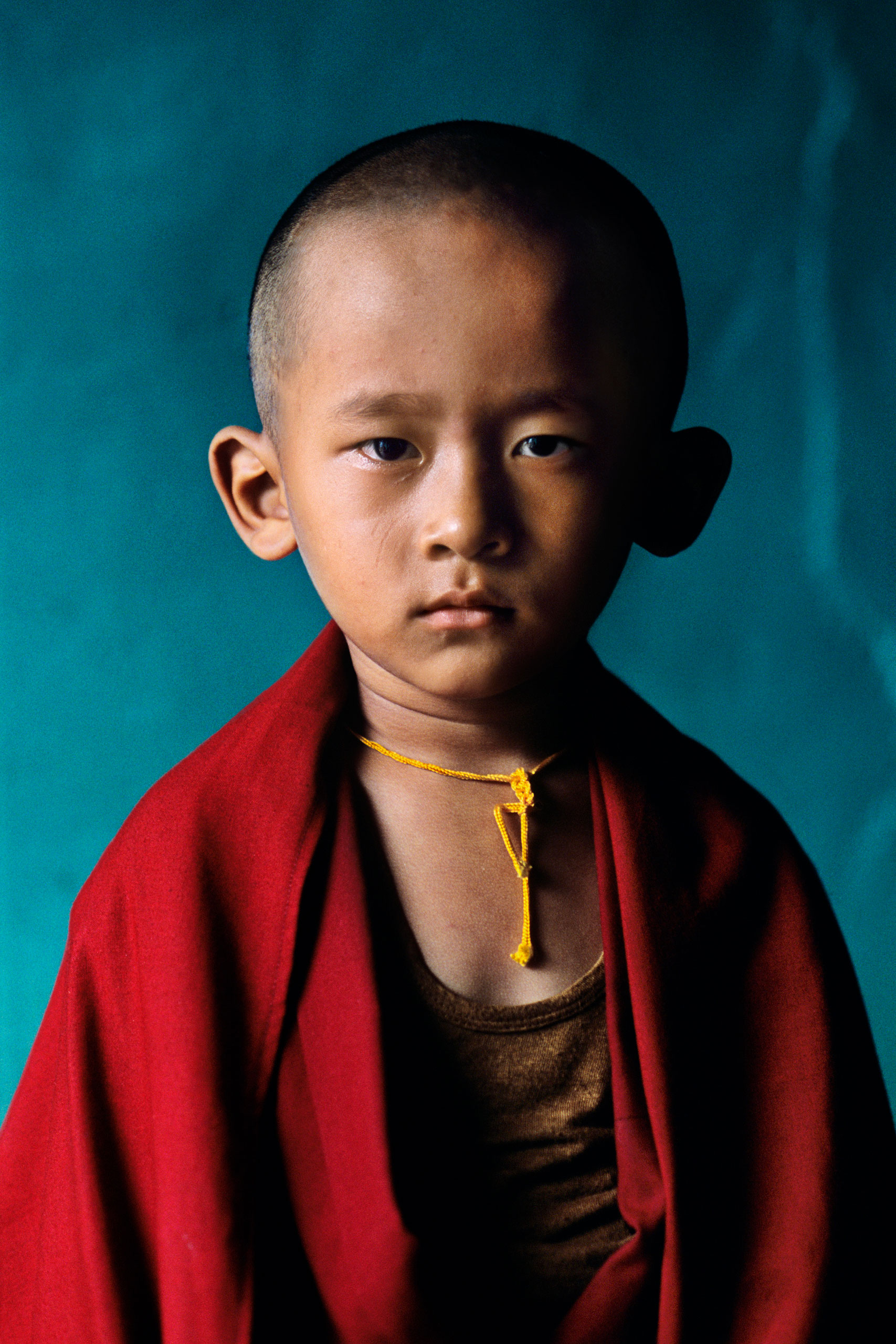
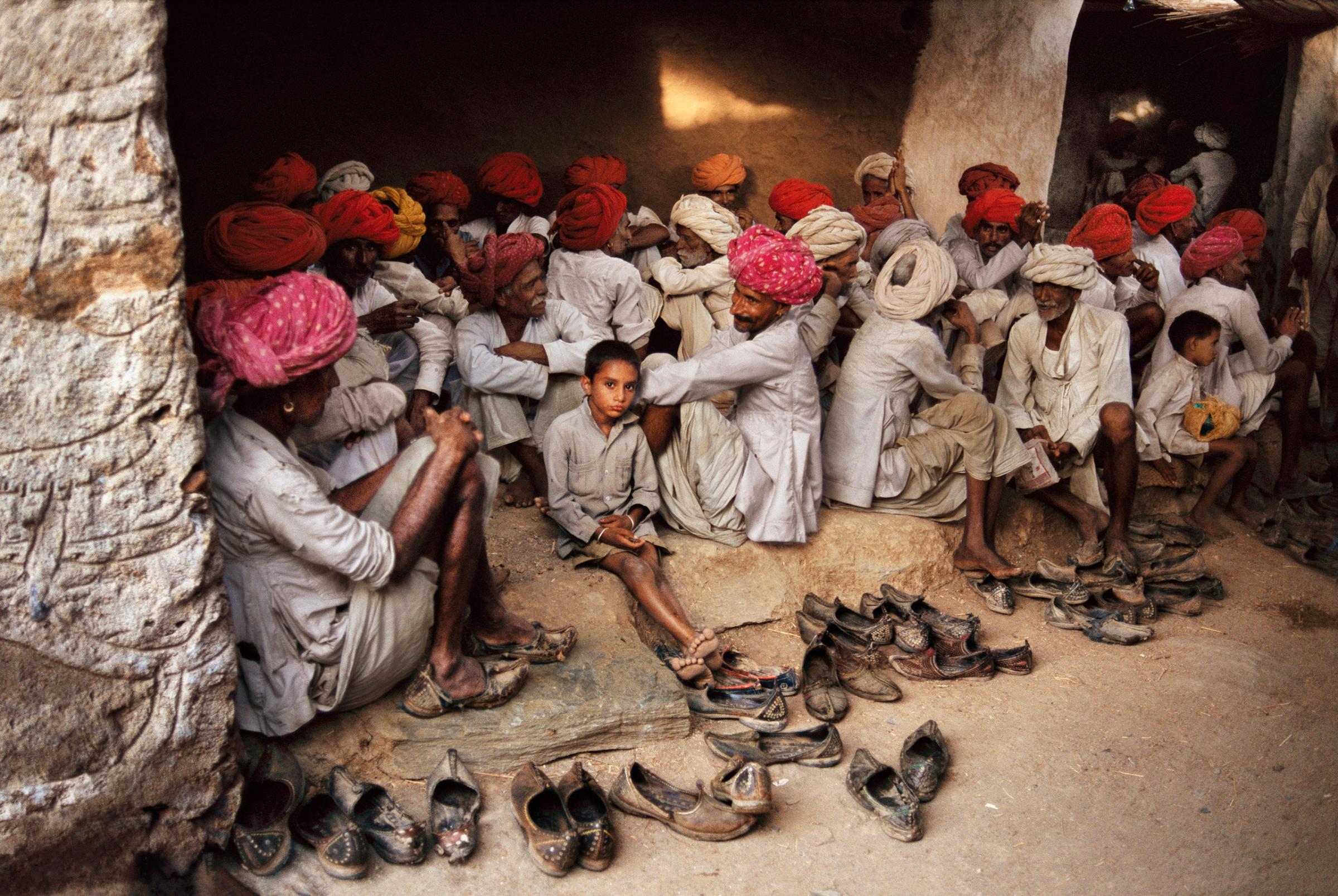
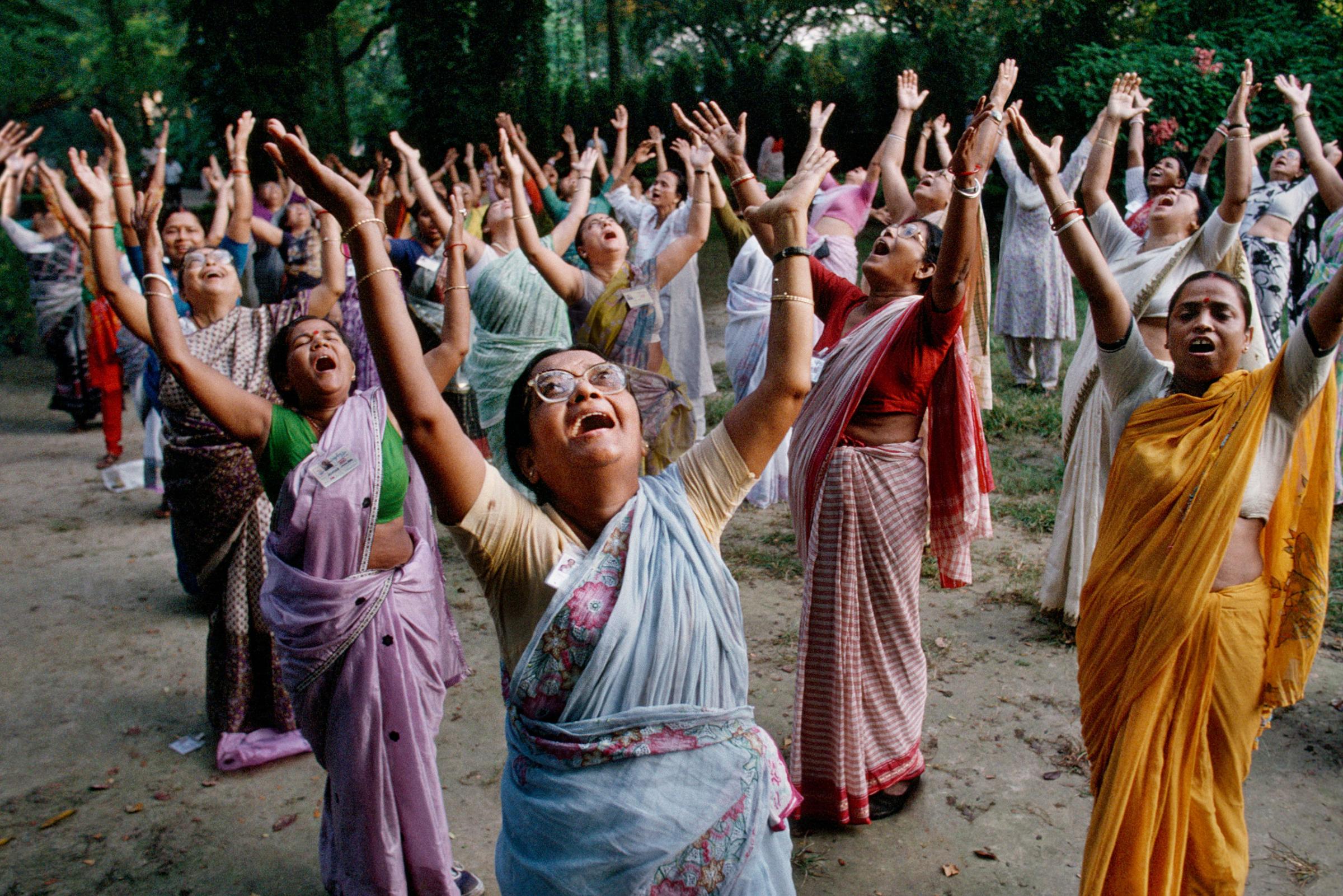
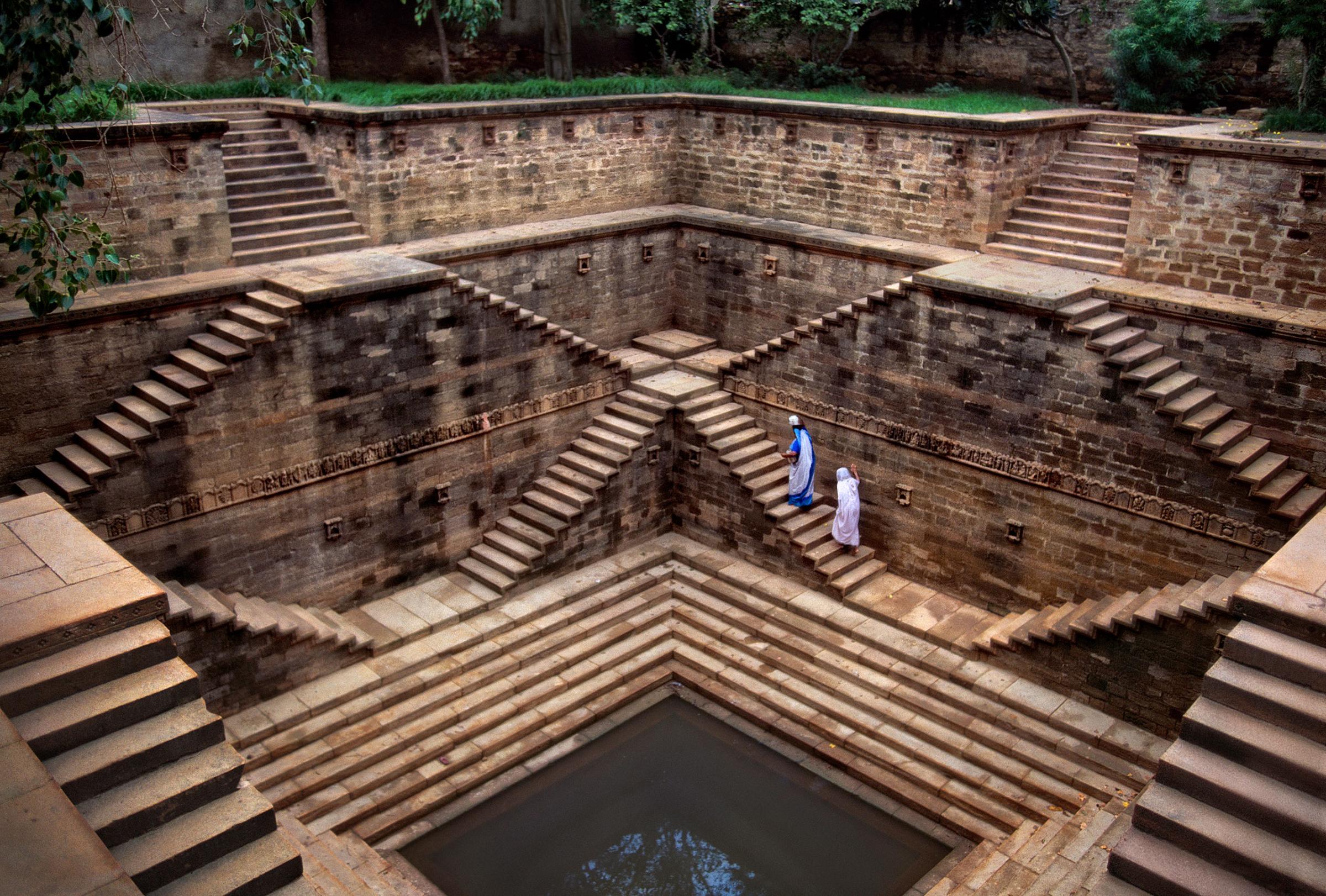
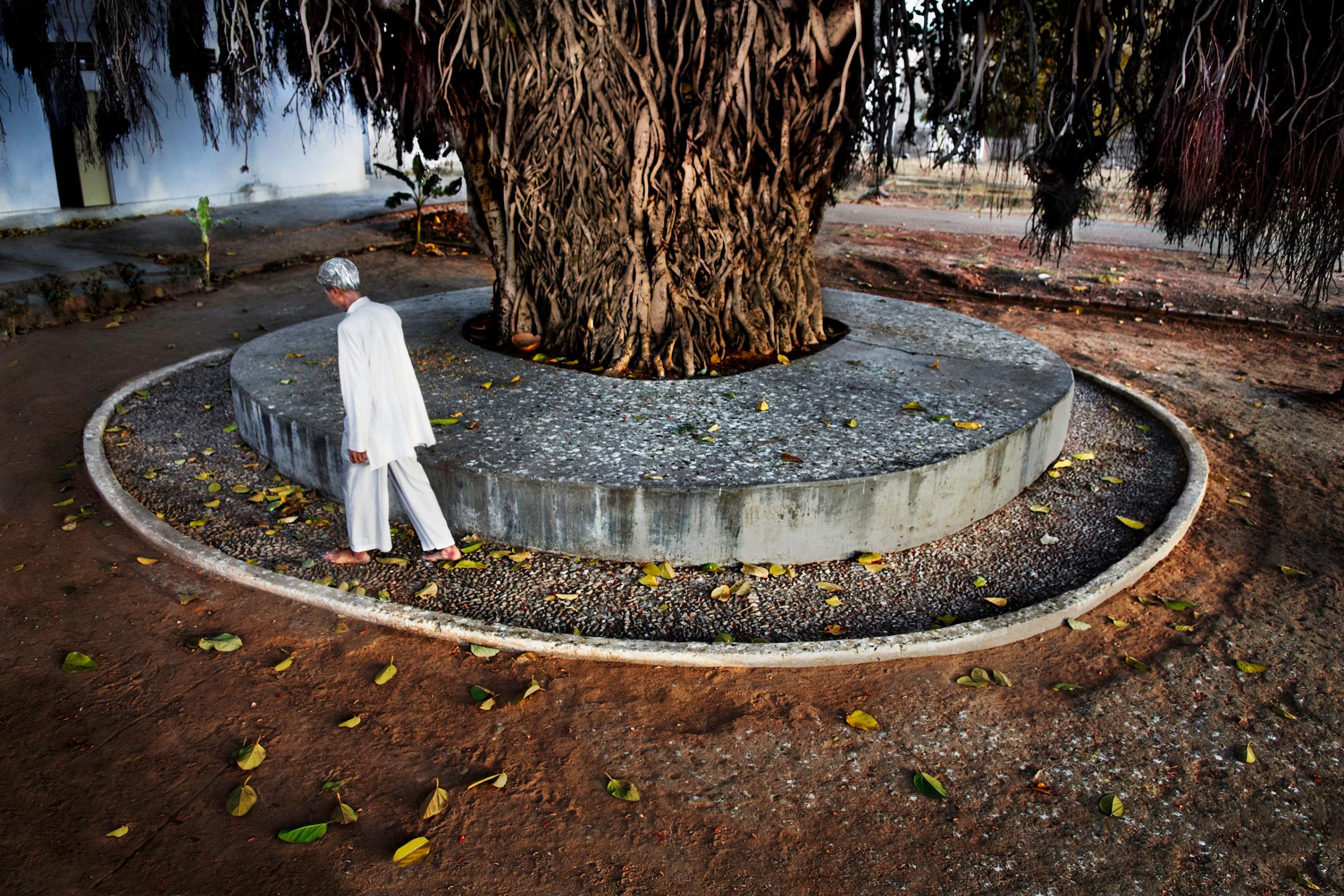
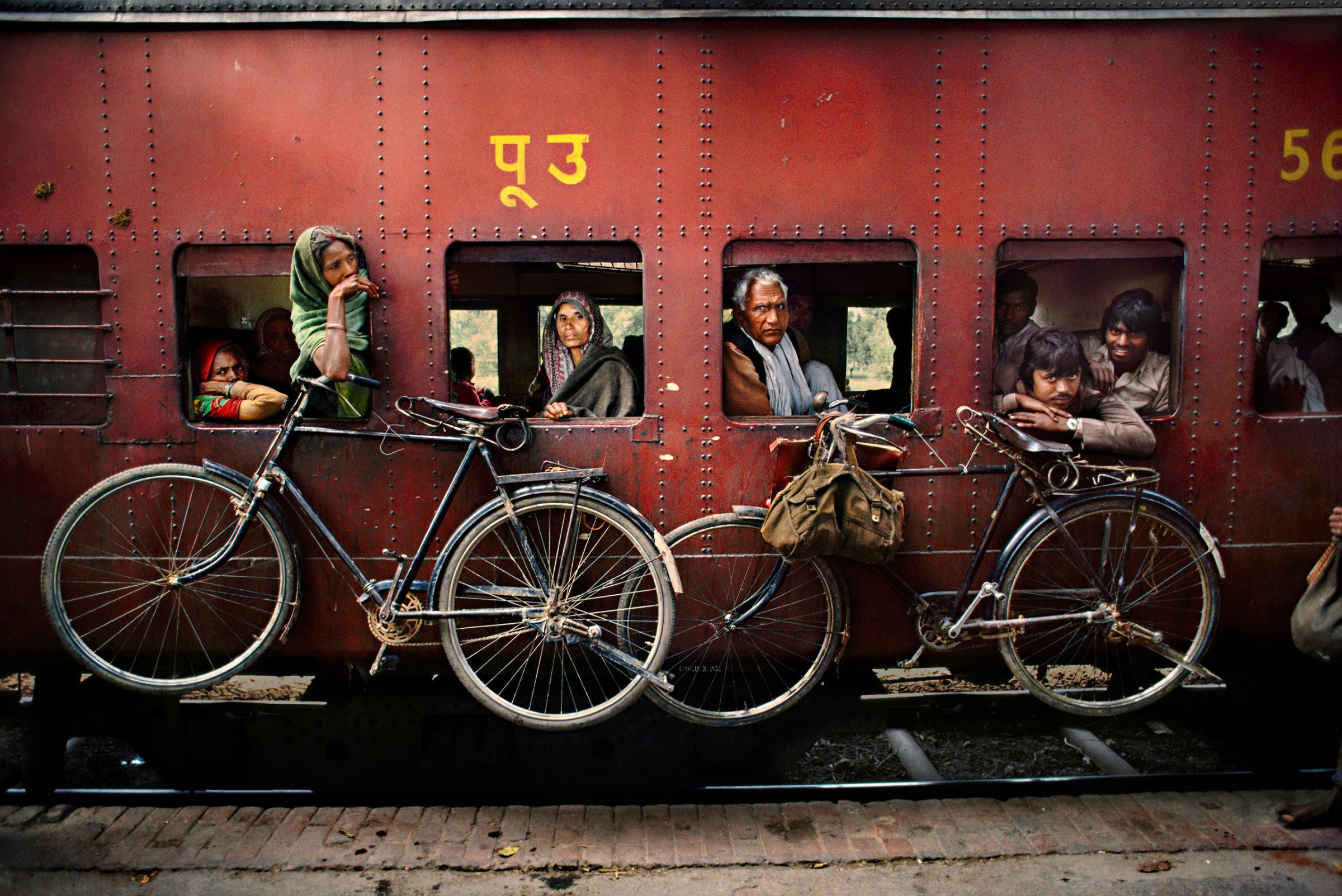
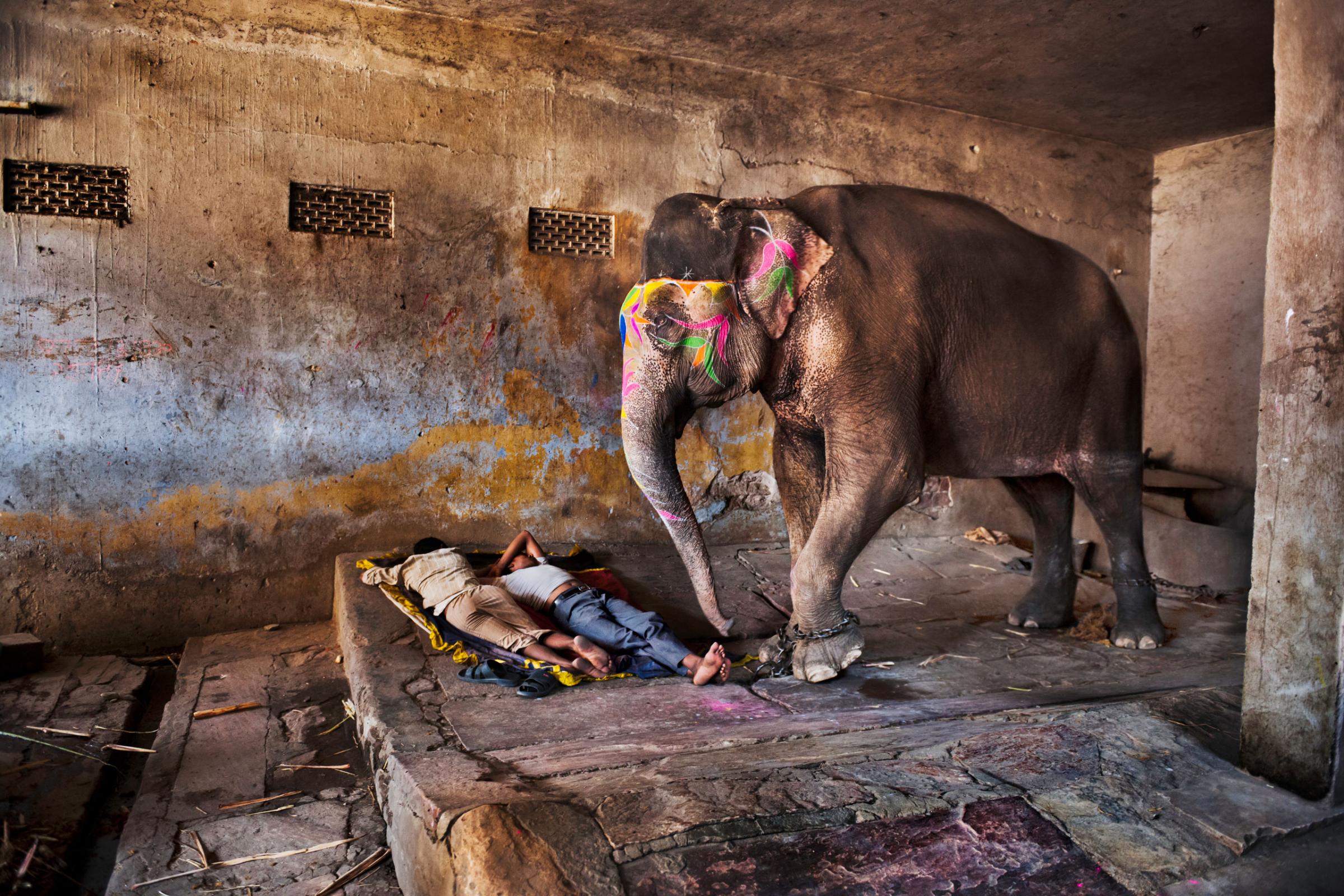
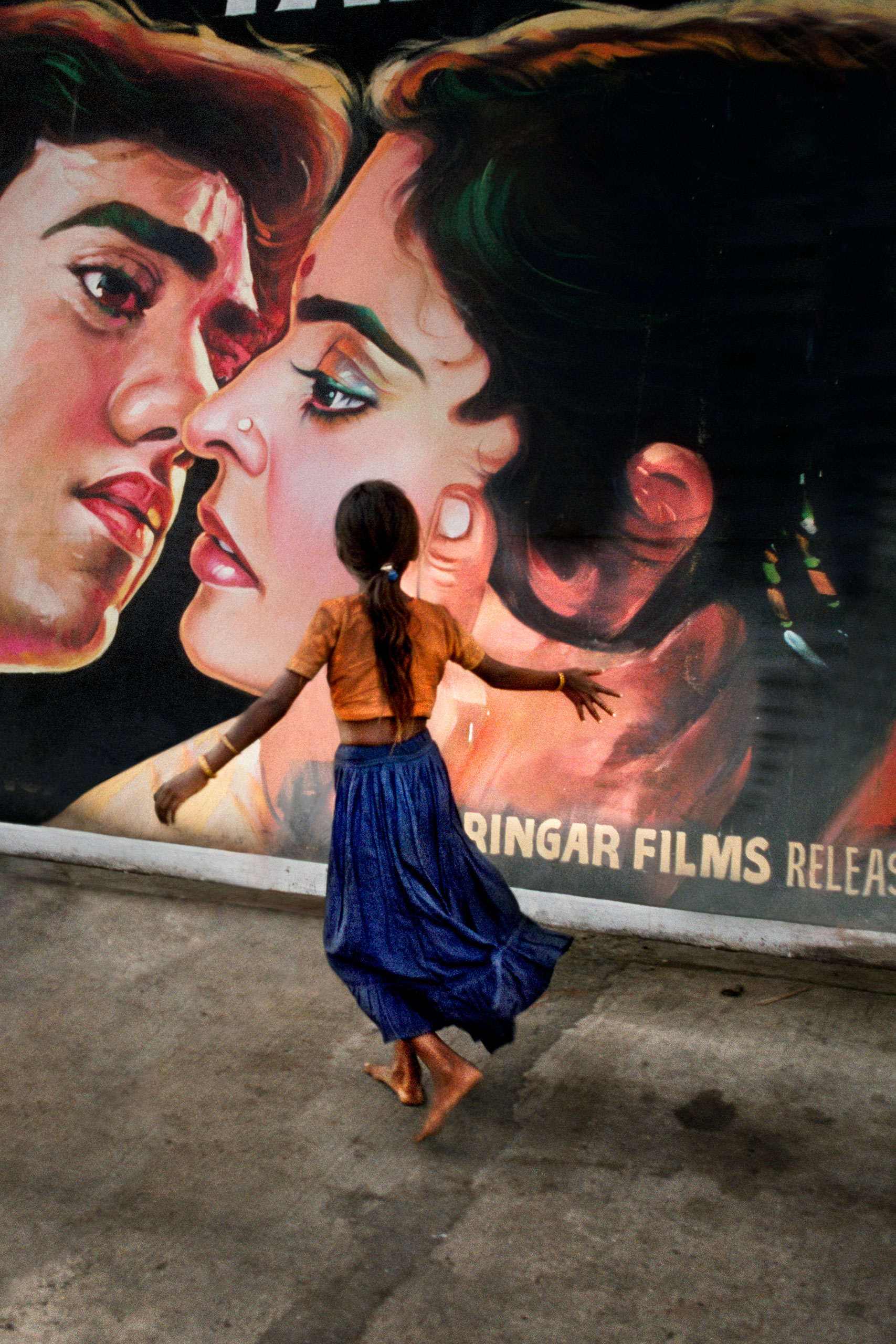
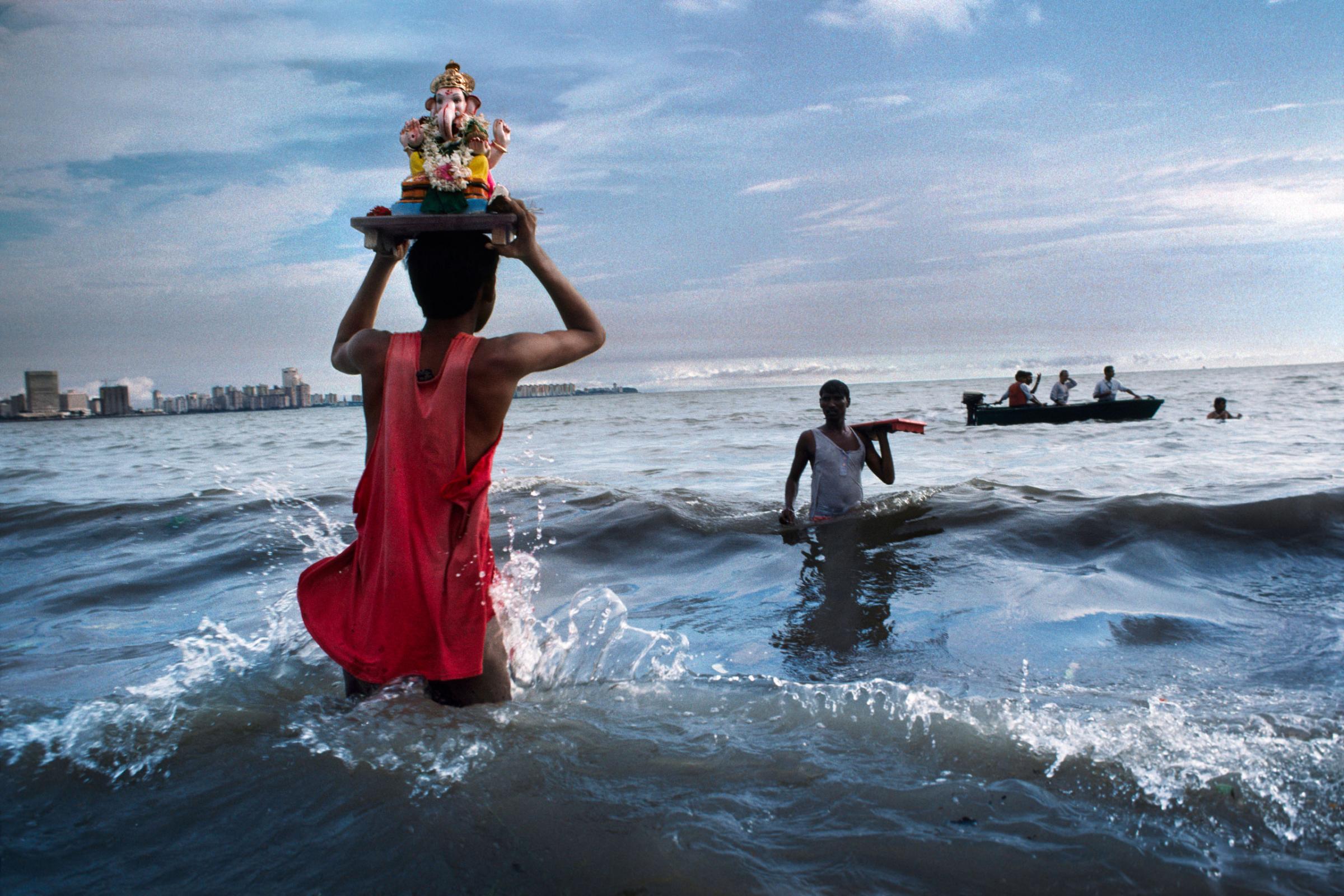
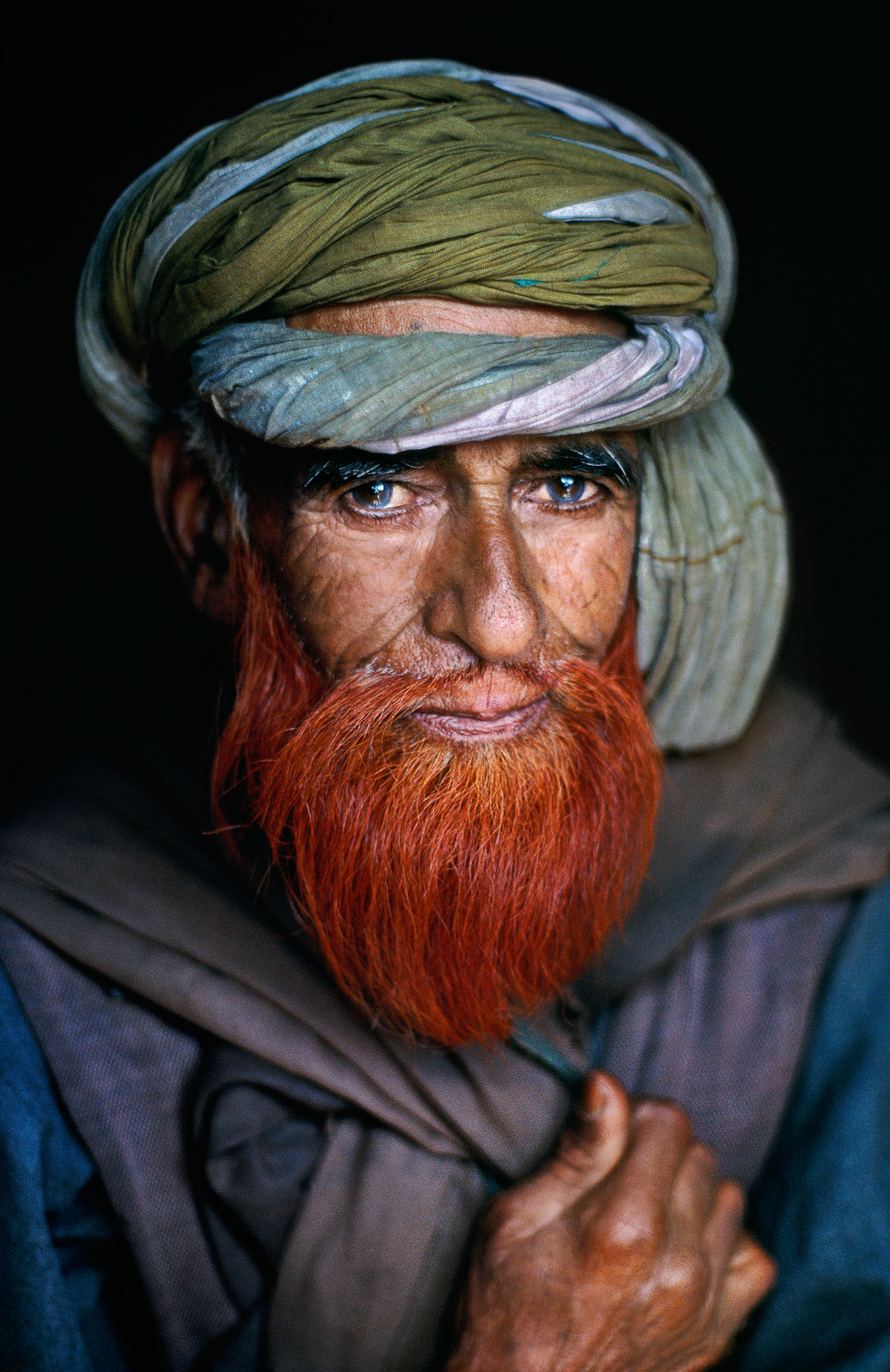
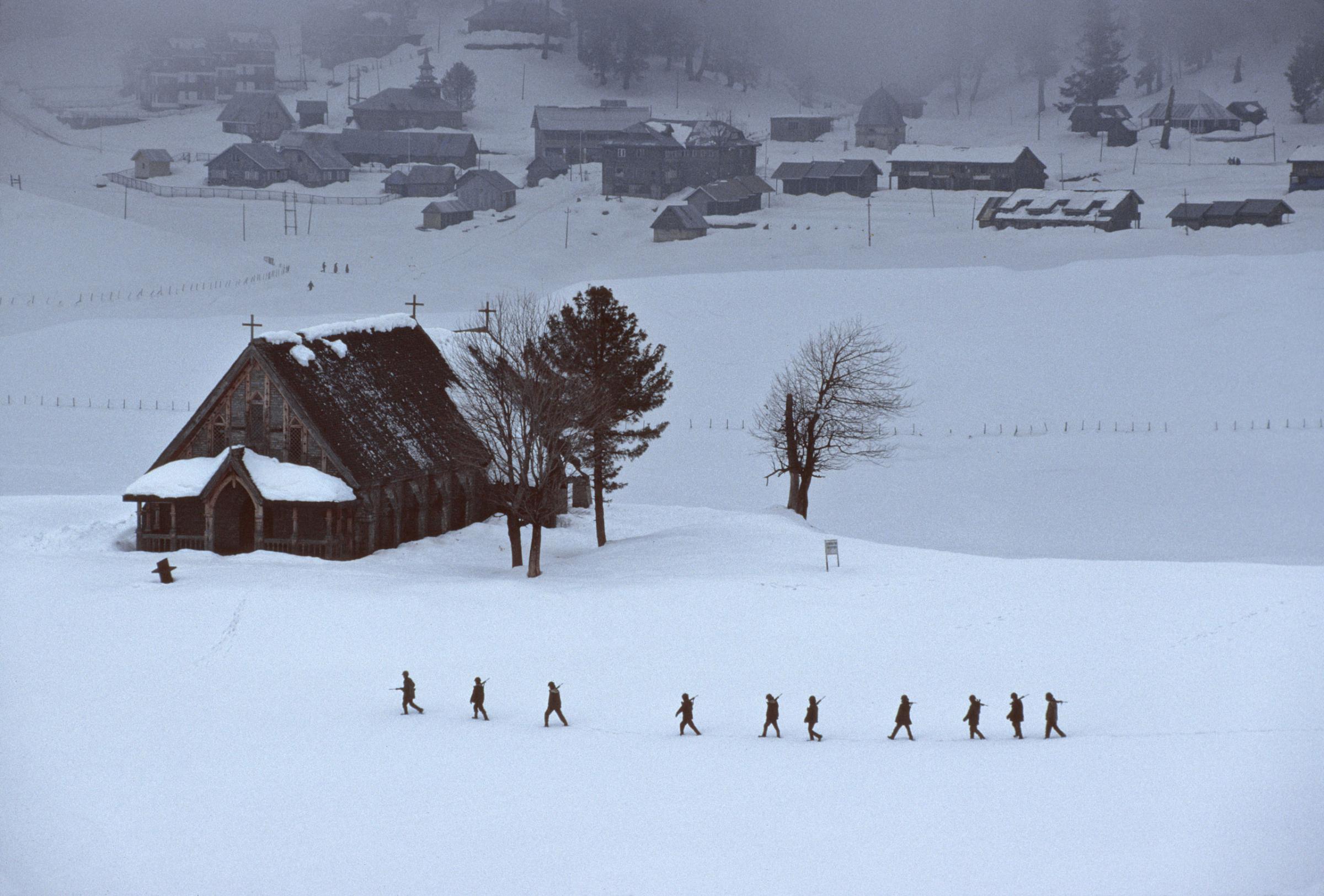
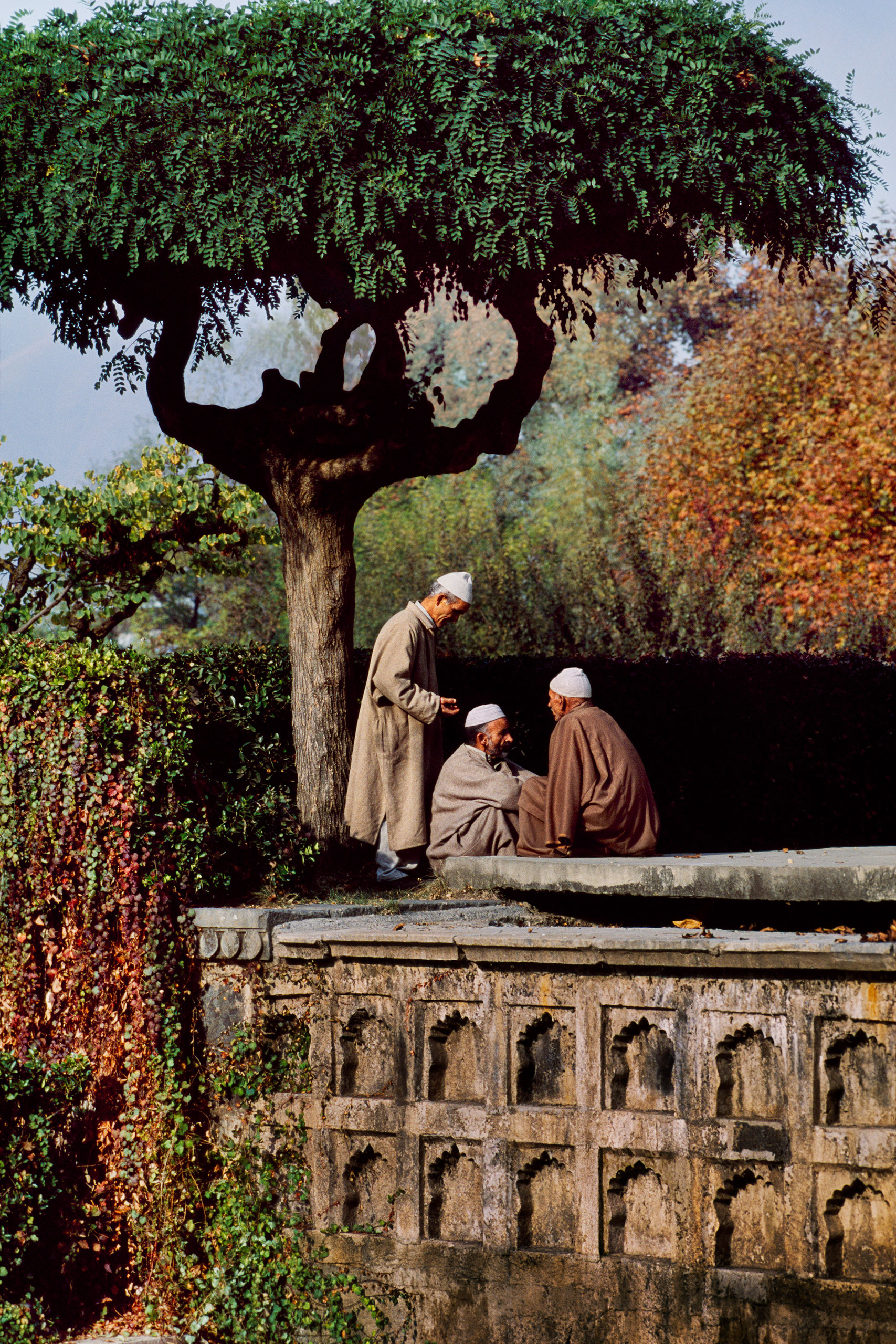
More Must-Reads from TIME
- Introducing the 2024 TIME100 Next
- The Reinvention of J.D. Vance
- How to Survive Election Season Without Losing Your Mind
- Welcome to the Golden Age of Scams
- Did the Pandemic Break Our Brains?
- The Many Lives of Jack Antonoff
- 33 True Crime Documentaries That Shaped the Genre
- Why Gut Health Issues Are More Common in Women
Contact us at letters@time.com